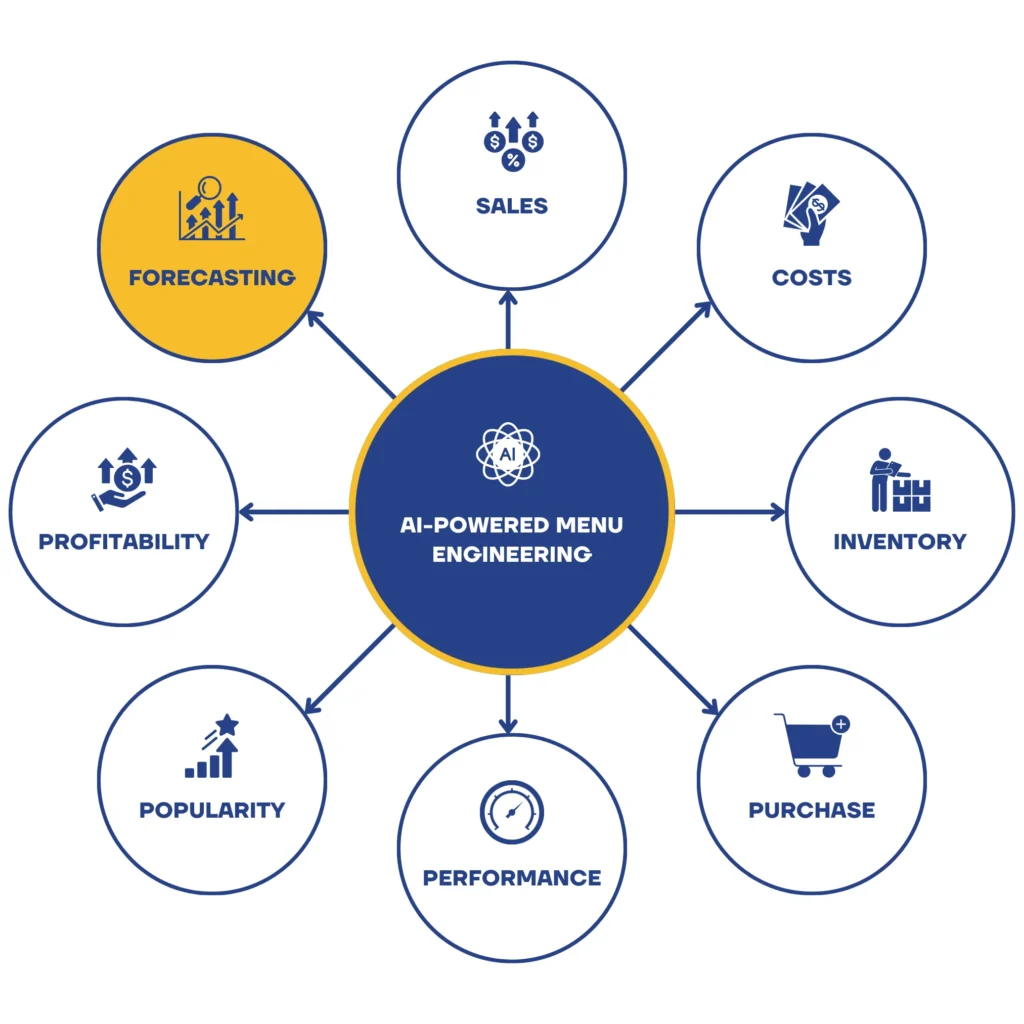My Guilty Secret: The Dish Was Average, But the Picture Was Fire
Confession time:
One of the top-selling items on a menu I helped design years ago wasn’t our best dish. It wasn’t even our chef’s favorite.
It just looked really good in photos.
Perfect lighting. Melty cheese pull. A drizzle that said “artistry” instead of “accident.” We ran that photo in every ad, banner, and digital campaign — and boom, sales skyrocketed.
Guests loved it. Instagram loved it.
The chef? He rolled his eyes so hard I thought we’d lose him to another dimension.
That’s when I learned the first rule of menu psychology:
If it photographs well, it sells well.
Menu Design Is Marketing in Disguise
Most people think menus are just lists of food.
They’re not. They’re strategic sales machines wrapped in typography and temptation.
Every color, font, box, and highlight is carefully designed to make you feel something — and ideally, to order something expensive without realizing it.
When I first started engineering menus, I thought it was about aesthetics.
Now I know it’s about influence.
Want guests to order your ribeye? Put it in a box.
Want them to skip the cheapest item? Put it right under the steak.
Want them to buy dessert? Remove the dollar signs. (Seriously. It works.)
Menus aren’t about choice.
They’re about choreography.
The Psychology of the “Middle Menu Mirage”
You know how most guests open a menu and immediately look to the top right?
That’s called the “sweet spot.” It’s where our eyes naturally land — and where your profit should live.
I once moved a $26 entrée two inches up on the page. Sales increased 18%. Nothing changed but the location.
People don’t order logically. They order emotionally.
They want value, validation, and something they can photograph before it gets cold.
And I say that with love — because I’ve been that guy too.
How We Manipulate (Responsibly)
Let’s be clear: good menu engineering isn’t evil. It’s artful persuasion.
When done right, it helps guests find what they’ll love while helping restaurants stay profitable. It’s like matchmaking — except the first date involves garlic bread.
Here are a few of my favorite tricks of the trade (don’t tell corporate I told you):
1. Remove dollar signs.
A “$14.99” feels like a bill. “14.99” feels like dinner.
2. Anchor pricing.
Put a high-priced item first to make everything else feel affordable.
3. Use descriptive language.
“Hand-cut ribeye” sells better than “12 oz. steak.” Humans crave story.
4. Highlight, but don’t over-highlight.
If everything’s bold, nothing’s bold. Choose your stars wisely.
5. Photos = power (but one per page).
Too many pictures, and you look like a diner in the 80s. One perfect image — game changer.
The Great Font War of 2018
I once spent two days arguing with a brand team about a font. Two. Days.
They wanted clean, modern sans-serif. The chef wanted old-world bistro charm. The owner just wanted to stop paying for hourly design revisions.
We ended up choosing two fonts and calling it “intentional contrast.” The lesson?
There’s no such thing as a perfect menu — only one that fits your story.
Menus are emotional mirrors. They should reflect who you are, not who you’re trying to impress.
Why Pretty Food Wins (Even When It’s Basic)
Let’s be real: social media changed the way we eat.
If your dish doesn’t photograph well, it’s already at a disadvantage.
I’ve literally seen people order something just because the lighting hit the sauce the right way in someone else’s post.
That’s why we work with chefs to plate for both taste and camera.
A sprinkle here, a drizzle there, a plate that pops under LEDs — it matters.
Food that looks good travels faster than any marketing campaign you’ll ever build.
The Menu Is Your Most Profitable Salesperson
You can spend thousands on ads, influencers, and digital strategy — but your best ROI is still that laminated masterpiece in your guest’s hands.
The average restaurant guest spends just under two minutes reading a menu.
That means you have about 120 seconds to influence behavior.
Every layout, every word, every accent color counts.
A great menu doesn’t scream “BUY!”
It whispers “You deserve this.”
Common Menu Mistakes That Cost Restaurants Thousands
Over the years, I’ve seen (and made) every mistake possible.
If your sales aren’t where they should be, check for these red flags:
- Too many options. Choice overload kills conversion.
- Prices in a straight line. It encourages “shopping” instead of savoring.
- No brand personality. If I can’t tell who you are by your menu voice, we missed the mark.
- Ignoring food cost in design. That gorgeous photo of the crab tower means nothing if your margin’s 8%.
Remember — the menu isn’t decoration. It’s a financial instrument disguised as dinner.
At Kuypers Creative, We Engineer Menus Like Psychologists (Who Really Love Food)
At Kuypers Creative, we don’t just make pretty menus — we make profitable ones.
We blend psychology, storytelling, and hospitality to design menus that speak to both hearts and wallets.
Whether you’re a local concept or a national chain, we help your menu reflect your brand, maximize your margins, and make your guests say, “I don’t know what it is, but I want it.”
And yes, we make sure it photographs beautifully.
Final Thought: Pretty Plates Fade, Great Stories Stick
At the end of the day, guests might not remember what font you used or where you put the steak special. But they’ll remember how your restaurant made them feel.
Menus aren’t just blueprints for food.
They’re blueprints for memory.
So tell stories. Make it personal. And yes — add that drizzle shot.
Because sometimes, the picture really is worth a thousand bites.
About Kuypers Creative
At Kuypers Creative, we help restaurants turn creative chaos into strategy — from branding and storytelling to menu design and tech adoption.
👉 Visit KuypersCreative.com or connect with Robert W. Kuypers on LinkedIn.


